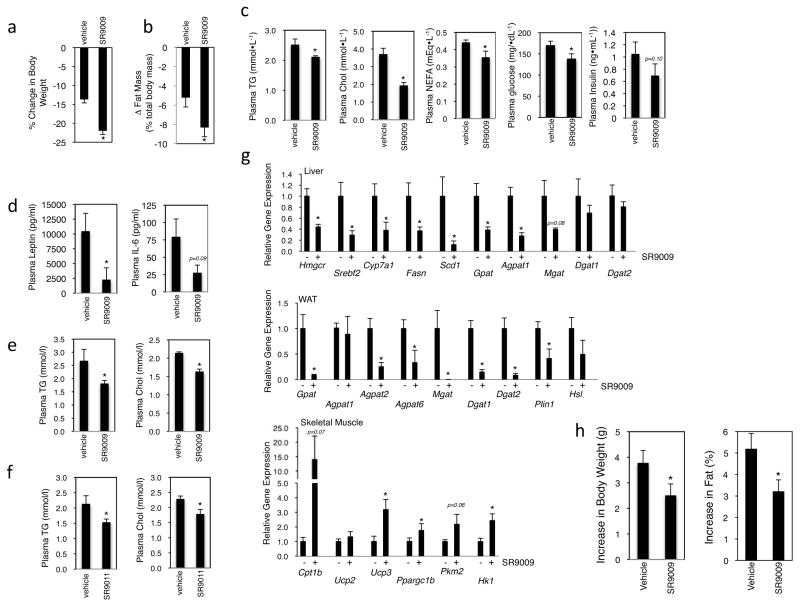Figure 5. SR9009 treatment results in a decrease in fat mass and in plasma lipids in diet-induced obese mice.
a, Diet-induced obese mice on SR9009 treatment lose weight vs. vehicle treated mice. C57Bl6 mice on a high fat diet were administered SR9009 (100mg/kg, i.p., b.i.d, at CT0 and CT12) for 30 days. b, Diet-induced obese mice on SR9009 treatment exhibit lower fat mass vs. vehicle treated mice. c, Fasting plasma triglycerides (TG), cholesterol (Chol), non-esterified fatty acids (NEFA) and glucose are decreased in SR9009 treated DIO mice. d, Plasma leptin and IL-6 levels from DIO mice e, Fasting plasma TG and Chol in lean C57Bl6 mice. Normal mice were administered 100 mg/kg, i.p., b.i.d. (at CT0 and CT12) SR9009 for 10 days. f, Fasting plasma TG and Chol are decreased by SR9011 treatment in lean C57Bl6 mice. g, Expression of metabolic genes in liver, WAT and skeletal muscle of DIO mice treated with SR9009 as described in a. Gene expression was measured by QPCR and normalized to Cyclophilin b expression. h, SR9009 treatment reduces weigh gain in ob/ob mice. Body weight and body fat content data are shown from ob/ob mice administered SR9009 for 12-days (100 mg/kg, i.p., b.i.d.).* indicates p<0.05. Error bars indicate mean ± s.e.m. and n=6–10 mice

